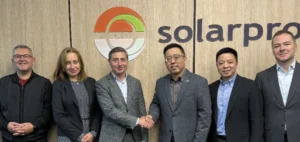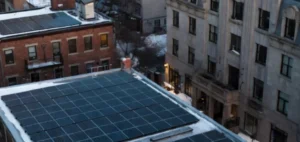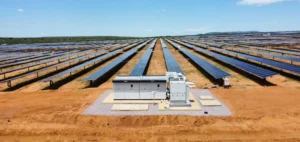Photovoltaic system manufacturer Janta Power has closed a $5.5mn seed funding round to accelerate the commercialisation of its three-dimensional solar tower systems. The round was led by MaC Venture Capital, with participation from Collab Capital. The funding will support product scale-up, industrial site deployment, and broader technology testing.
Vertical design to overcome land constraints
Janta Power’s technology is based on vertically stacked structures designed to produce around 50% more energy than traditional flat solar panels while using only one-third of the land area. The design addresses energy density issues in space-constrained environments such as urban centres, airports, and logistics hubs.
Each tower features a patented geometry that triples the sun-facing surface area compared to flat-panel systems by capturing low-angle morning and evening sunlight. This generates a more stable power output throughout the day, aligning more closely with real-world energy demand.
Ongoing trials at major international airports
Pilot projects have been launched at several international airports, including Munich Airport, those operated by Spanish group Aena, and Dallas–Fort Worth International Airport. The trials are part of the Airports for Innovation (A4I) initiative, aimed at integrating advanced energy solutions into airport infrastructure.
The systems reach an average capacity factor of 32%, compared to approximately 22% for flat-panel arrays. This performance is enabled by active shading management software and a steel tower design built to withstand wind speeds of up to 170 miles per hour, using modular helical or pier foundations that eliminate the need for extensive grading.
Cost efficiency targets for large-scale deployment
The tower configuration also flattens the energy generation curve, easing pressure on power grids and reducing reliance on peaker plants. This profile complements conventional solar installations.
According to the company, the levelised cost of energy (LCOE) for Janta Power’s systems is currently as low as $0.05/kWh, compared to the global average of approximately $0.15/kWh. Continued scale-up and logistical optimisation are expected to further lower the LCOE in the coming years.






















